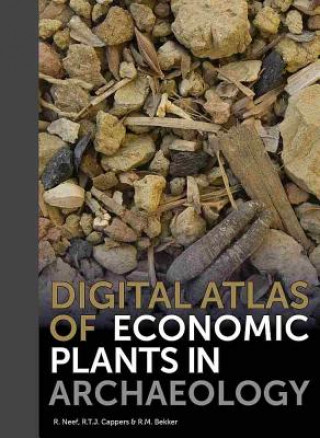
Kód: 05060761
Digital Atlas of Economic Plants in Archaeology
Autor Rainer Neef, R. T. J. Cappers, R. M. Bekker
The third part of the Digital Plant Atlas presents illustrations of subfossil remains of plants with economic value. These plant remains mainly derive from excavations in the Old World (Europe, Western Asia and North Africa) that ... celý popis
- Jazyk:
 Angličtina
Angličtina - Vazba: Pevná
- Počet stran: 760
Nakladatelství: Barkhuis, 2012
- Více informací o knize

Mohlo by se vám také líbit
Informovat o naskladnění knihy
Zadejte do formuláře e-mailovou adresu a jakmile knihu naskladníme, zašleme vám o tom zprávu. Pohlídáme vše za vás.
Více informací o knize Digital Atlas of Economic Plants in Archaeology
 Anotace knihy
Anotace knihy
The third part of the Digital Plant Atlas presents illustrations of subfossil remains of plants with economic value. These plant remains mainly derive from excavations in the Old World (Europe, Western Asia and North Africa) that the Deutsches Archaologisches Institut (DAI, Berlin) and the Groningen Institute of Archaeology (GIA) have conducted or participated in. Plant material is usually very perishable, but can nevertheless be preserved in archaeological sites if the biological decay of the material is blocked. Many plant remains are discovered during excavations in carbonized form, where despite having been in contact with fire, they have not been completely reduced to ash. Extremely dry climatic conditions, like those in Egypt, can also preserve plant material in a completely dessicated condition. Most of the economically valuable plants illustrated here have been carbonized or desiccated. So this atlas links up very well with the Digital Atlas of Economic Plants.Like the other atlasses, this atlas is a combination of a book and a website.The Book:Just as in part two of the series, this part will not only include illustrations of seeds and fruits, but also of other plant parts. The resulting variety in seed and fruit forms will be illustrated by examples from different excavations. To support their identification and determination, also pictures of recent plants and relevant plant parts have been included.The Website: To supplement the photographs, the website will also include morphometric measurements of the subfossil seeds and fruits. These measurements can be compared with own measurements of the plant taxa in question.Summary: Plant families: 56 Plant species (Taxa): 191 Photographs: 773 photographs of subfossil plant parts, 1137 photographs of recent plants and plant parts Languages: English and 15 indices (scientific plant name, pharmaceutical plant name, English, German, French, Dutch, Spanish, Arab, Arab in transliteration, Turkish, Chinese, Pinyin (Chinese in transliteration), Hindi, Sanskrit, and Malayalam) Purchase of the book grants access to the protected parts of the websites of the project.
 Parametry knihy
Parametry knihy
Zařazení knihy Knihy v angličtině Humanities Archaeology Archaeological theory
- Plný název: Digital Atlas of Economic Plants in Archaeology
- Autor: Rainer Neef, R. T. J. Cappers, R. M. Bekker
- Jazyk:
 Angličtina
Angličtina - Vazba: Pevná
- Počet stran: 760
- EAN: 9789491431029
- ID: 05060761
- Nakladatelství: Barkhuis
- Hmotnost: 3402 g
- Rozměry: 310 × 216 × 51 mm
- Datum vydání: 15. June 2012
Oblíbené z jiného soudku
-
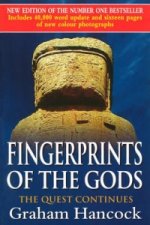
Fingerprints Of The Gods
624 Kč -
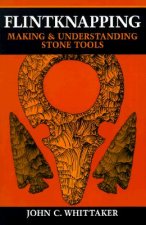
Flintknapping
851 Kč -

Archaeology of the Contemporary Era
1520 Kč -
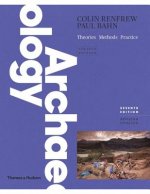
Archaeology
1689 Kč -
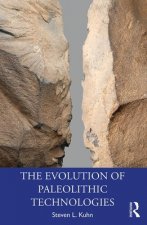
Evolution of Paleolithic Technologies
1300 Kč -
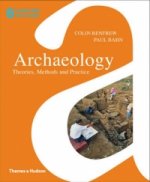
Archaeology
1632 Kč -
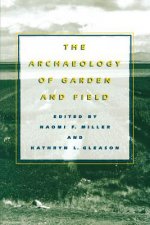
Archaeology of Garden and Field
963 Kč -
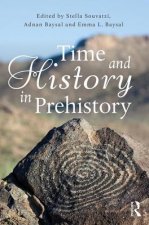
Time and History in Prehistory
1469 Kč -
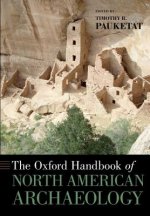
Oxford Handbook of North American Archaeology
1741 Kč -
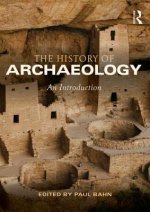
History of Archaeology
1544 Kč -

Contemporary Archaeology in Theory - The New Pragmatism 2e
2100 Kč -

From Black Land To Fifth Sun
862 Kč -
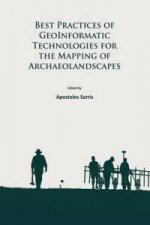
Best Practices of GeoInformatic Technologies for the Mapping of Archaeolandscapes
1698 Kč -
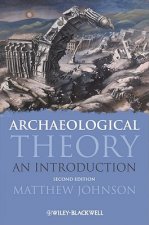
Archaeological Theory - An Introduction 2e
3315 Kč -
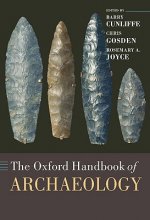
Oxford Handbook of Archaeology
5853 Kč -
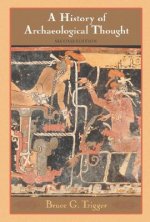
History of Archaeological Thought
1148 Kč -
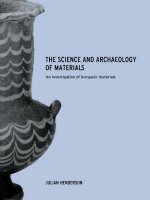
Science and Archaeology of Materials
2064 Kč -
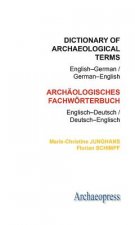
Dictionary of Archaeological Terms: English-German/ German-English
396 Kč -
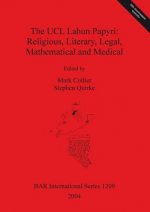
UCL Lahun Papyri: Religious Literary Legal Mathematical and Medical
1980 Kč -

Archaeology of Ritual
1189 Kč -

Conserving and Managing Ancient Monuments
2866 Kč -
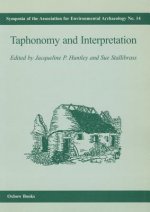
Taphonomy and Interpretation
1446 Kč -

Oxford Handbook of the Archaeology of Death and Burial
5888 Kč -
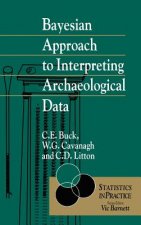
Bayesian Approach to Interpreting Archaeological Data
5249 Kč -
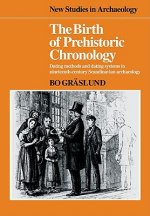
Birth of Prehistoric Chronology
1257 Kč -

Natufian Foragers in the Levant
2088 Kč -
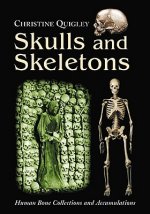
Skulls and Skeletons
1189 Kč -
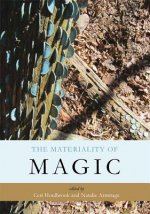
Materiality of Magic
1618 Kč -

Figuring It Out
645 Kč -
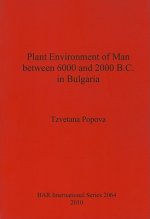
Plant Environment of Man between 6000 and 2000 B.C. in Bulgaria
1481 Kč -
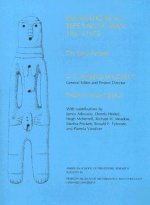
Excavations at Tepe Yahya, Iran, 1967-1975
1537 Kč -
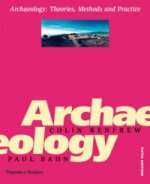
Archaeology
1804 Kč -
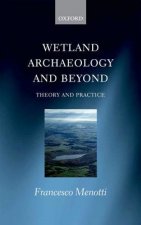
Wetland Archaeology and Beyond
5696 Kč -
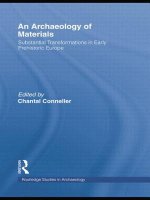
Archaeology of Materials
2080 Kč -

Archaeology and the Information Age
1353 Kč -

Biblical Perspectives on Aging
2269 Kč -
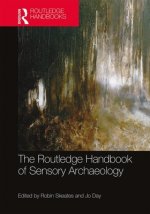
Routledge Handbook of Sensory Archaeology
8992 Kč -
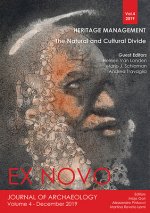
Heritage Management: The Natural and Cultural Divide
1927 Kč -
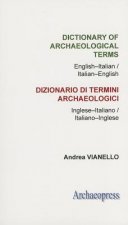
Dictionary of Archaeological Terms: English-Italian/ Italian-English
396 Kč -
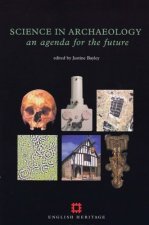
Science in Archaeology
2029 Kč -
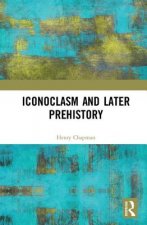
Iconoclasm and Later Prehistory
4990 Kč -

Community Identity and Archaeology
3064 Kč -

In Search of Coronary-prone Behavior
1813 Kč -

Writings of Henry Barrow, 1587-1590
11288 Kč -

Politics of Islamic Reassertion (RLE Politics of Islam)
5443 Kč -
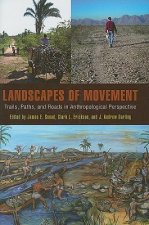
Landscapes of Movement
2108 Kč -
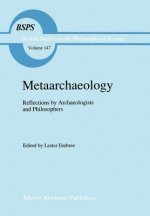
Metaarchaeology
5094 Kč -
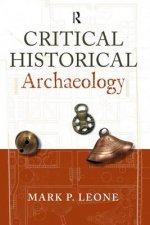
Critical Historical Archaeology
1430 Kč -
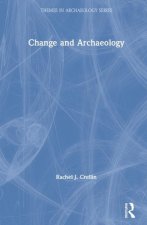
Change and Archaeology
5181 Kč
Osobní odběr Praha, Brno a 12903 dalších
Copyright ©2008-24 nejlevnejsi-knihy.cz Všechna práva vyhrazenaSoukromíCookies



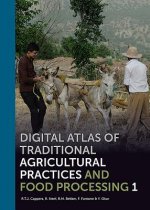

 Vrácení do měsíce
Vrácení do měsíce 571 999 099 (8-15.30h)
571 999 099 (8-15.30h)